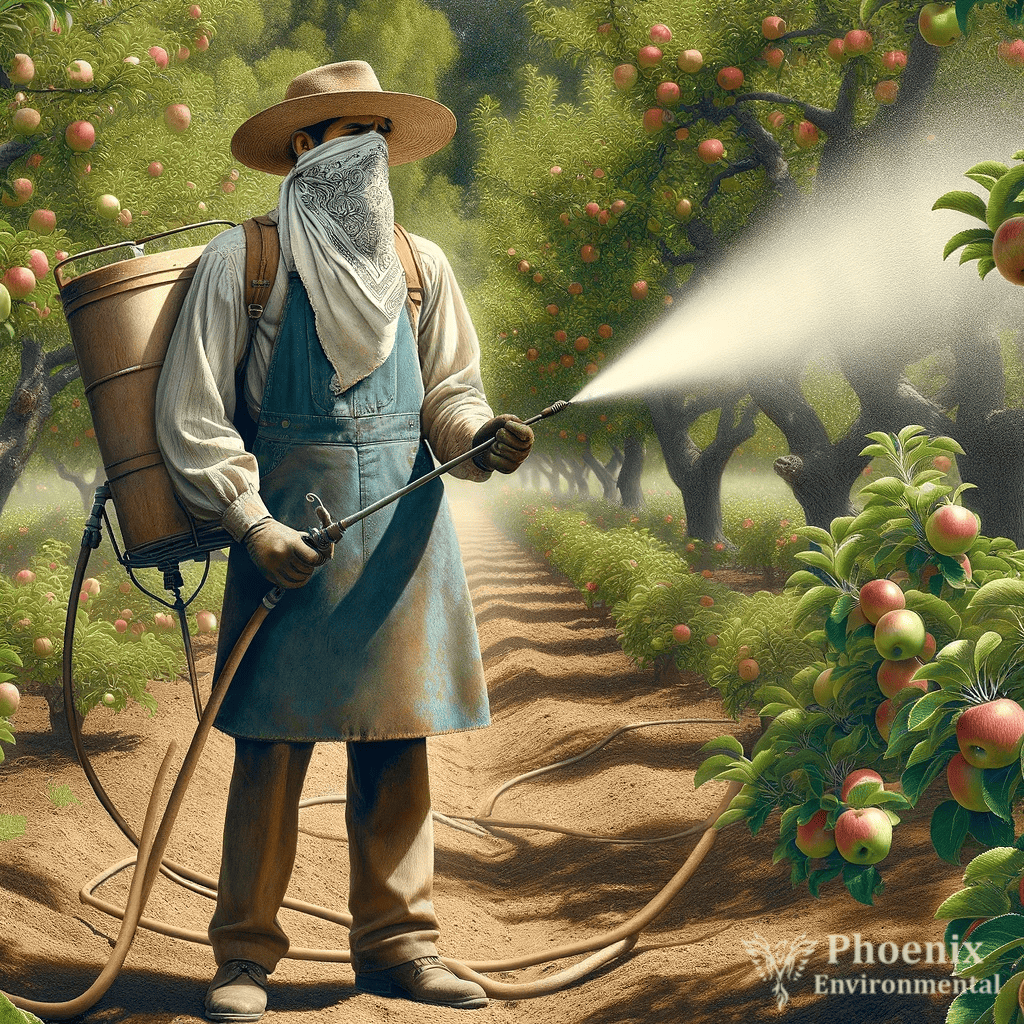
In the verdant fields where stone fruit orchards once stood, an invisible legacy lingers. The extensive use of lead-arsenate pesticides in the past century has left a lasting imprint on these lands. At Phoenix Environmental, we understand the critical importance of addressing these hidden risks, ensuring the safety and sustainability of your projects.
Lead-arsenate, a pesticide widely used in the 20th century, particularly in cherry, peach, and apricot orchards, presents a unique environmental challenge. The Environmental Protection Agency (EPA) recognizes the inherent dangers of lead and arsenic in these compounds (EPA, Lead Pesticides). Research, including studies published in Environmental Health Perspectives, demonstrates the persistence of these toxic elements in soil, long after their last application.
The implications for land development and use are significant. Whether these lands are transitioning to residential, recreational, or commercial use, the potential for lead and arsenic exposure remains a pressing concern. At Phoenix Environmental, we specialize in identifying and mitigating these environmental risks. Our expertise is in conducting comprehensive Phase I Environmental Site Assessments (ESA) to uncover potential contamination histories and guide our clients toward informed land-use decisions.
In many cases, a Phase I ESA reveals the need for further investigation, leading to a Phase II ESA. This crucial step involves detailed soil and groundwater sampling to quantify the extent of contamination. Phoenix Environmental employs a range of innovative techniques, including Incremental Sampling Methodology (ISM) and the use of X-Ray Fluorescence (XRF) analyzers, to screen and evaluate impacted soils effectively.
Our team has a proven track record of assisting clients in investigating and cleaning up sites affected by historical pesticide use. By choosing Phoenix Environmental, you are not only ensuring compliance with environmental regulations but also protecting public health and the environment.
The journey towards safe and sustainable land use begins with understanding and action. If your project involves land that was once an orchard, we encourage you to reach out to us. Together, we can navigate the challenges of past practices and pave the way for a cleaner, safer future.
Contact Phoenix Environmental today to discuss how we can assist you with a Phase I or Phase II Environmental Site Assessment.
References:
- Environmental Protection Agency. Lead Pesticides. Retrieved from EPA website.
- Hoppin, J. A., et al. (2006). Environmental Health Perspectives: Persistence of Arsenic and Lead in Orchard Soils. Retrieved from NCBI.
This blog post is intended for informational purposes only. For more detailed information and guidelines, please refer to the EPA and other environmental health authorities.
This blog post was co-created by Phoenix Environmental staff and AI.
